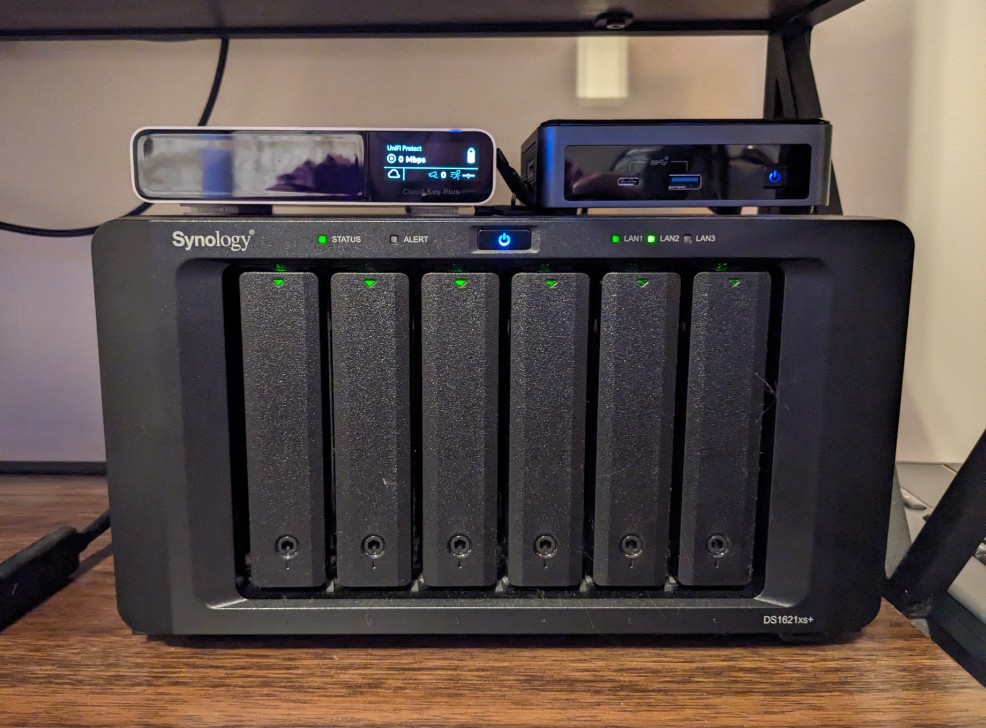

Doesn’t usenet usually cost money too though? I see them as about equivalent, it’s just that I already need a VPN to access certain porn sites in my state so I might as well use the same subscription and torrent for free instead of adding another cost.








Gotcha, currently I just pay $5/mo for mullvad but I’ve considered adding usenet to the mix in case it can find a few missing episodes here and there. But I would be basically doing that only for my friends because all of the stuff I watch is popular, recent, and on streaming sites so I don’t have any issues finding it on public indexers.